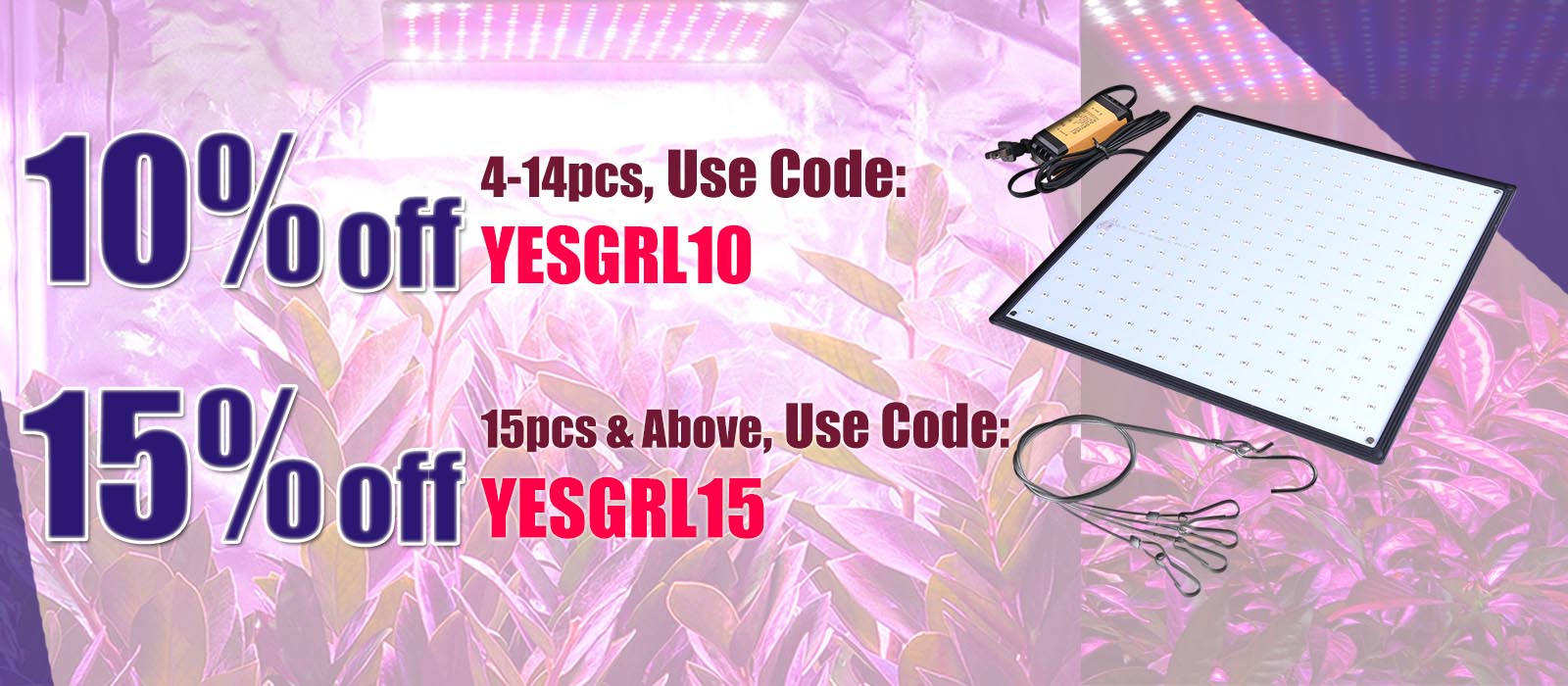Epic Formula to Organic Gardening at Home
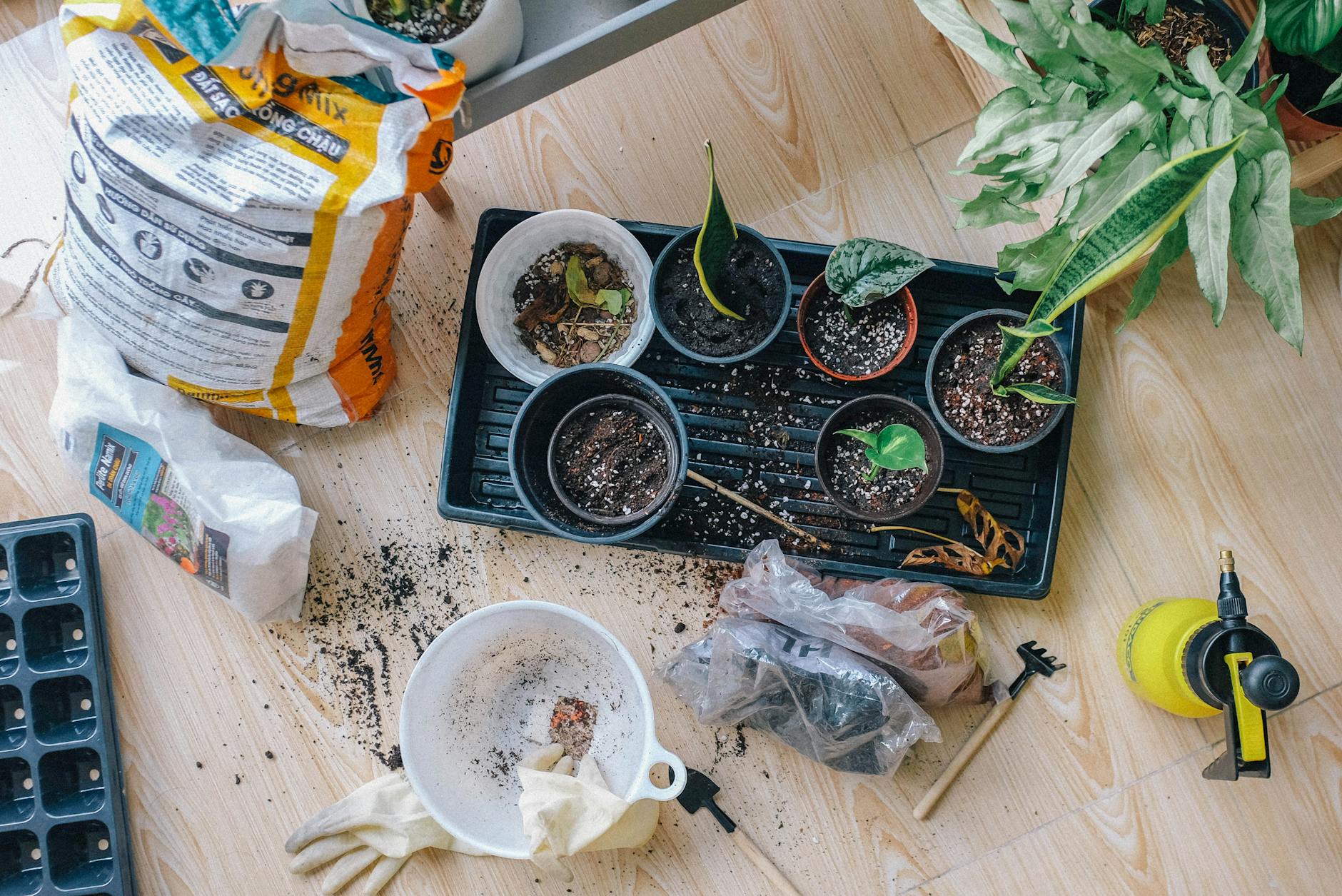
Planting indoors is easier and more vital than you think.
For over a decade, the push for more available organic produce is a campaign that has struggled, especially in the inner city and urban areas. This is partially but mainly due to the high costs of organic growing, harvesting, labor, and shipping of these natural products. Typically it is much easier to grow fruits and vegetables if you use harsh chemicals and modern techniques. To qualify as an organic, the farm must:
- Not use any chemicals, which would require more labor such as frequent crop rotation
- Adhere to overwhelming demand, but limited supply due to slower growing and harvesting times
- The Higher cost of fertilizer
- Obtain an Organic certification
- Avoid cross-contamination with other chemically treated produce
Though it is easier to grow, studies have shown that genetically modified and chemically treated produce can be dangerous to your health.

Why Should I Grow Vegetables at Home: The Dangers of Genetically Modified Foods
As science progresses, we learn more about genetically modified food and how they can be a danger to us. Research has linked the consumption of GMOs ( genetically modified organisms) to illnesses such as diabetes, infertility, accelerated aging, liver toxicity, stomach problems, and even cancer. Other research has shown the dangers of superbugs and other contaminants that can destroy your immune system. The problem is GMOs make up 55%-70% of the food on the market. Rather than wasting your money on inflated prices, Yescomusa says grow your organic garden; it’s simpler and more fulfilling than you think! Here’s how:

Practical Tactics to Growing Vegetables Indoors for Beginners
Many chefs, gardeners, and horticulturists suggest setting your plants up for success by germinating them inside then home during fall and winter months, then transferring them outside (if you can) during sunnier seasons. Building a nursery is the best way to grow healthy plants quickly. Beginners and experts alike, recommend the use of high-quality grow-tent because they are simple to use and promote vigorous plants.
When you decide to move your vegetable plants outside, be sure to acclimate them slowly and safely. Start by placing them in the shade outside to avoid sun shock or damage due to harsh winds or other elements. Consider setting a sun sail or shade over your garden to protect them from drying out too quickly.
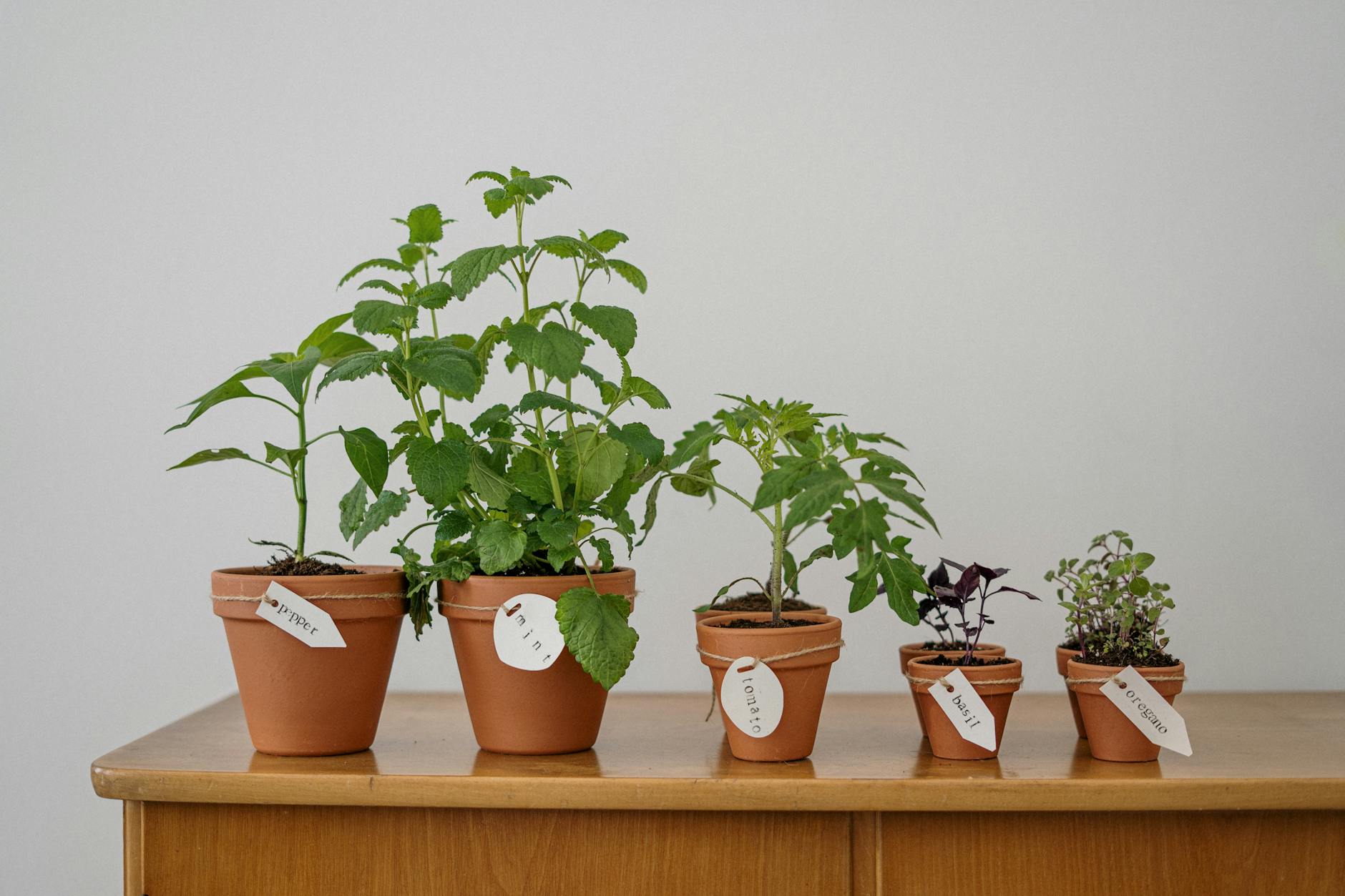
Growing Vegetables Indoors, Apartment
The issue with most apartments is the lack of lighting, space, and other natural conditions that are essential for vegetable growth. To create the perfect indoor vegetable garden system, you have to start by getting the right grow lighting bulbs.
Container gardening is a popular solution for those who live in apartments! Most vegetables can germinate in any pot or container that can hold six inches of soil or more. It is vital to add a drain hole in the pot to allow for drainage and to avoid illness such as root rot.
Since most vegetables grow well together, many gardens enjoy crafting creative containers and mixing their favorite vegetable seeds in a single space.

Organic Gardening Tips
Your plant’s environment is more important than you think! We know that seasons drastically affect the growth of your plants and the success of your garden. However, we often forget that something as simple as turning on our air conditioning can harm our vegetables. When growing inside, consider keeping a steady temperature garden to maximize healthy growth. Though the temperature is important, here are a few other organic gardening tips you can do at home:
- Give your vegetables about an inch of water a week depending on the season
- Remove dead or sick leaves to help energize your plants
- Plant natural insect repellents such as garlic, onions, and chives
- Use dead plant matter, uneaten produce, eggshells, coffee grinds, and other natural organic fertilizers to create a compost heap
- Sprinkle a little coffee grinds around vegetables to deter pests and refresh the soil
- Treat your plants with carbonated water
- Soak for seeds in warm water a day before you plant them or, for better results, germinate them in a plastic bag with a warm and wet paper towel before planting

DIY Home-made Organic Fertilizer
Fertilizer for your indoor vegetable gardening system doesn’t have to be expensive or complicated. In fact, it can be made in your very own kitchen! In a container, combine the following elements to start your organic fertilizer:
- Banana peels
- Eggshells
- Coffee grounds
- Fruit and vegetable scraps
- A tablespoon of Epsom salt per gallon of water
- Aquarium water or fish waste
Easy to Grow Vegetables
Whether you have a green thumb or not, growing certain vegetables are simply easier than others. Here is our list of the easiest vegetables to grow indoors:

Tomatoes. Need a lot of light, but do well in containers and indoor conditions.
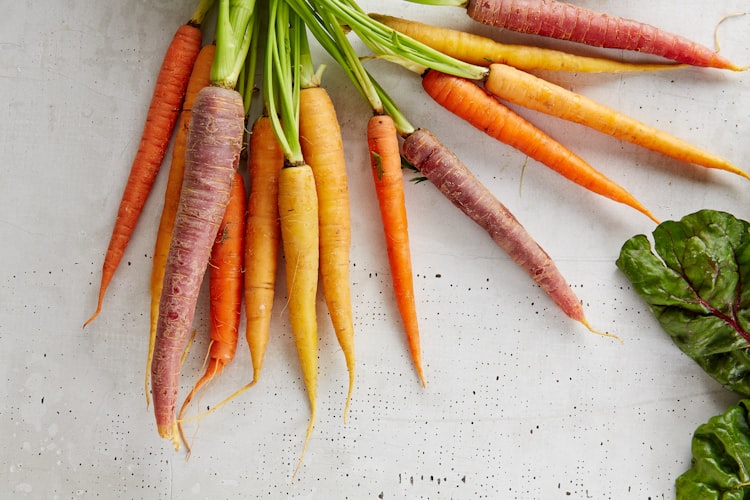
Carrots. Carrots, especially baby carrots, require very little space to grow and can be grown in containers with a least 6 inches of soil. They are hardy and can survive at various temperatures.
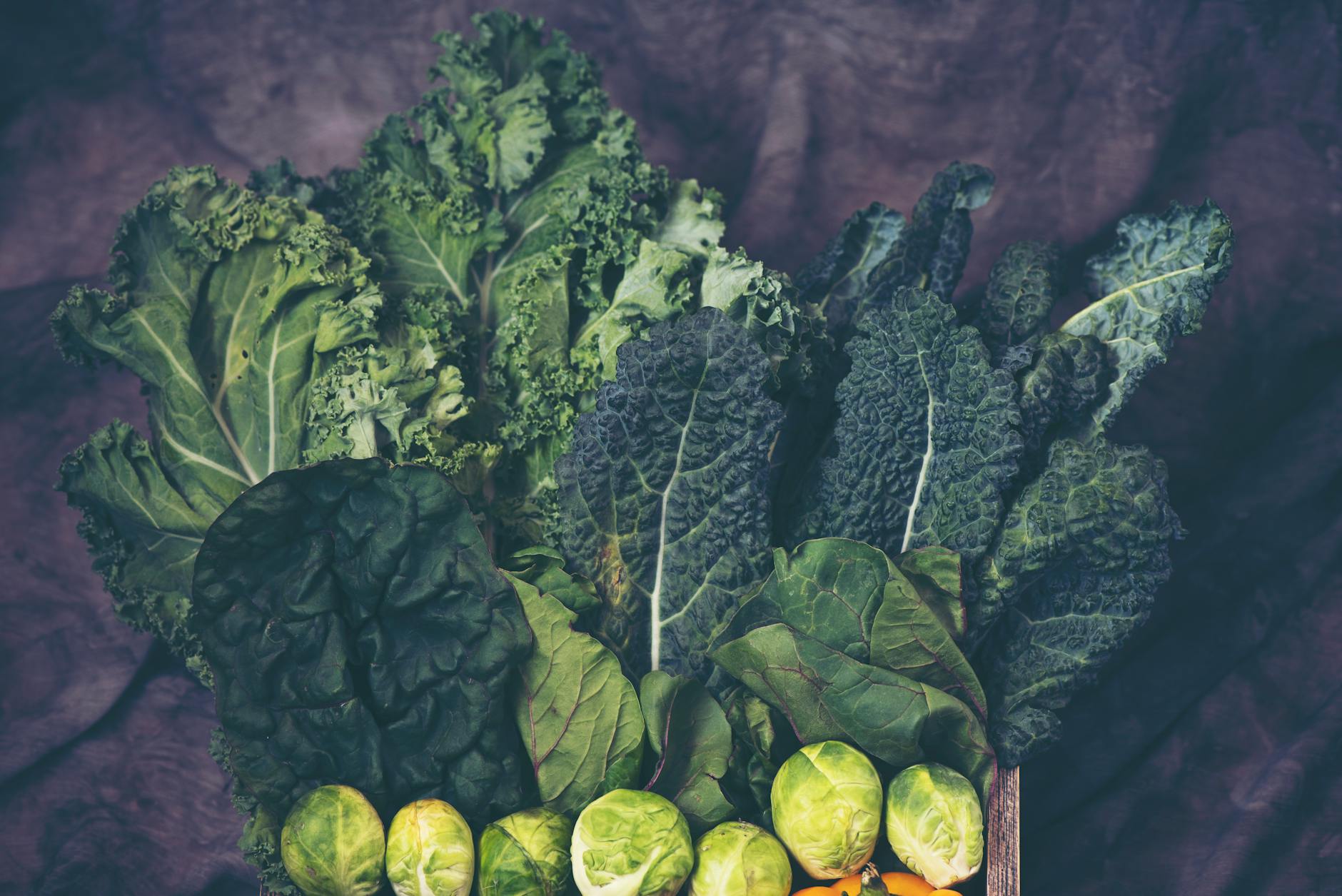
Salad Greens. Salad greens such as spinach, kale, and arugula can grow as quickly as four weeks in a fertilized container. Though these plants tend to be tolerant of various temperatures, they do require intense lighting.
There are many dishes you can make with a home vegetable garden!

Planting Your Indoor Garden
Growing vegetables indoors for beginners can seem like an impossible task. However, it is simpler than you think if you have the right equipment. Check out home and outdoor collection for more insights on home renovations. Save on purchases when you join our Yescom Rewards Program and follow us on Facebook and Instagram for coupons and other sales information.



